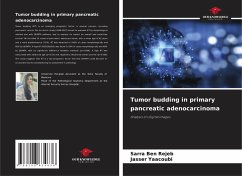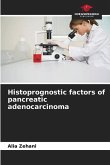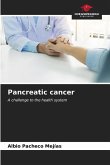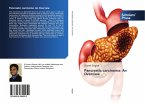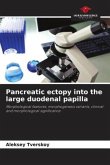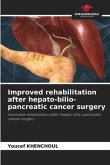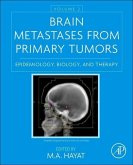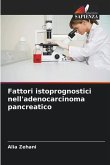Tumor budding (BT) is an emerging prognostic factor in several cancers, including pancreatic cancer. Our bi-centric study (2008-2022) aimed to evaluate BT by morphological method and with QUPATH software, and to analyze its impact on overall and event-free survival. We included 25 cases of pancreatic adenocarcinoma, with a mean age of 62 years and a male predominance (72%). BT was detected in 100% of cases morphologically and 80% by QUPATH. A high BT (BUD2/BUD3) was found in 56% of cases morphologically and 48% by QUPATH, with no significant difference between methods (p=0.589). A high BT was associated with advanced age (p=0.03) and negatively influenced overall survival (p=0.038). This study suggests that BT is a key prognostic factor and that QUPATH could become an accessible tool for standardizing its assessment in pathology.
Bitte wählen Sie Ihr Anliegen aus.
Rechnungen
Retourenschein anfordern
Bestellstatus
Storno

